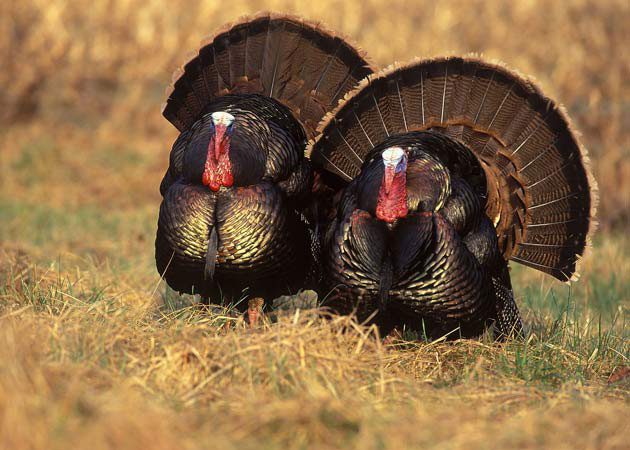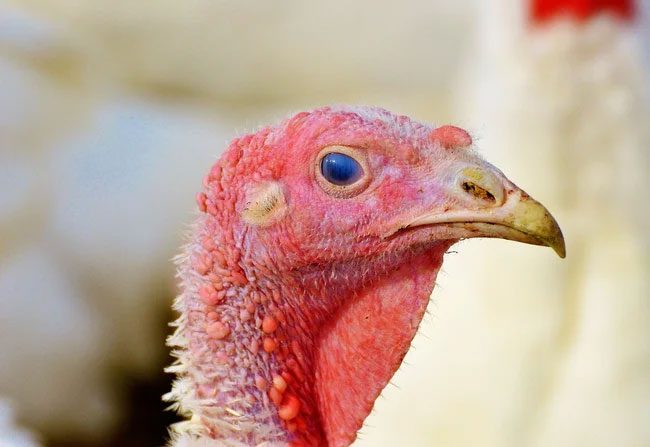This animal has been the subject of a rather unfortunate rumor that they are so foolish they could drown in the rain.
The animal kingdom is filled with countless strange stories that humans, unless they are truly passionate about science and observation, may never uncover. Even when scientists have confirmed certain facts, these stories may still be met with skepticism, simply because they sound too absurd, like the notion that dolphins know how to do skincare.
However, alongside these intriguing tales, there are also stories, or more accurately, misconceptions about the animal world that have spread so widely that people begin to question their validity. One such story involves turkeys – the main characters of many humorous anecdotes in Western culture.
Specifically, the belief that these birds are so foolish that they will stand in the rain because they cannot distinguish between bright sunshine and pouring rain. It is even said that they must look up at the sky for a full 30 seconds before realizing what is happening, only to stand there with their mouths agape and “drown” as water fills their lungs – a fate that even insects with brains smaller than their toenails would avoid.
The classic “smear campaign” against turkeys has unclear origins, possibly stemming from the casual conversations of those who dislike the species. Regardless, the impression people have of these animals is not very flattering, given their bald heads and the beard on the males, along with their bizarre tails and absurdly silly calls that many find annoying.

Turkeys have an appearance that many find unappealing.
Simply searching the term “turkey” in the English Thesaurus will reveal a plethora of derogatory synonyms, such as “fool,” “idiot,” “dunce,” etc., illustrating the extreme disdain that Westerners have for this animal. Thus, even though the belief that “they don’t know to run inside when it rains” sounds ridiculous, it has been widely propagated.
However, if we consider the matter from a scientific perspective, we can easily vindicate this unfortunate creature. Firstly, anatomically, prey animals like turkeys have eyes on the sides of their heads, allowing them a wider field of vision to observe and escape from predators. This means that when it rains and a turkey wants to know what is happening, they can simply tilt their head to the side to observe, eliminating the need to look straight up.

Turkeys have eyes on the sides of their heads, providing a wider field of vision.
The next issue lies in the fundamental differences between wild turkeys and domesticated turkeys. Since domesticated turkeys do not need to fend for themselves in the wild, they are not as intelligent or resilient as their wild counterparts and suffer from a condition known as tetanic torticollar spasms.
This condition causes many domesticated turkeys to lift their heads up due to a deformity, which is entirely involuntary. Observers unfamiliar with medical conditions might see this behavior and begin to associate it with the ridiculous myth, leading to the propagation of this belief.
Ultimately, wild turkeys are capable of thriving in rainy areas such as wetlands. Moreover, in winter, they seek out coniferous trees for shelter when other trees have shed their leaves – indicating that they are indeed aware of how to take cover from the rain, rather than being foolish.





















































